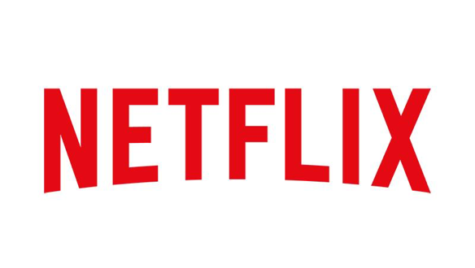Netflix Declares Over $20 Billion Debt
December 6, 2017
Netflix owes more than $20 billion, and it won’t stop spending.
With over 50 million subscribers in the United States alone, Netflix is the world’s most popular video streaming service in 2017. Despite their massive monthly revenue stream, Netflix announced that it owes over $20 billion to various sources. Netflix original content is as popular with consumers as it is expensive, and Netflix is showing no signs of slowing down.
The LA Times found that of the estimated $20.5 billion debt, about 23% is fixed, long term debt. This is generally accrued through long term agreements, and the interest payments on them. The remaining 77% comes from a variety of sources. As previously mentioned, the production of original content makes up some of that percentage. Distribution, advertising, server costs, and other such expenses also eat up a great deal of Netflix’s revenue.
Somewhat overlooked when considering why Netflix may be in so much debt is how much the company spends to host shows created by other companies. Most significantly, Netflix pays Warner Bros. $118 million for the right to host the entire catalog of Friends.
Netflix reportedly spent $6 billion on original programs in 2017, which is expected to rise to $7 billion in 2018. This content has been incredibly successful, earning 93 Emmy nominations this year. The spending seems to be paying off; a 2016 Forbes study showed that 58% of Netflix subscribers are attracted to the company because of its original content. Furthermore, CEO Reed Hastings pointed out that Netflix’s market value far outweighs its debt, adding that, “In some senses, that negative free cash flow will be an indicator of enormous success.”
Among their many programs, Netflix paid Chris Rock $40 million for two comedy specials, and paid Dave Chappelle a reported $60 million for three. Despite the hefty price tag, Netflix had no problem opening its wallet.
In the words of an unnamed insider, “Whether it’s a loss or not, Dave Chappelle’s specials will get a lot of press and bring in new subscribers.”
Despite all of the awards and fanfare, not everything made by Netflix has been successful. Notable immediate monetary losses include a $200 million loss for the production of two seasons of the now-cancelled Marco Polo, as well as a loss for Baz Luhrmann’s The Get Down, which reportedly cost $20 million per episode due to production difficulties.
Even with losses and failures accounted for, Netflix is still hugely profitable. Forbes reports that the streaming giant is on track to exceed $11 billion in revenue during the 2017 fiscal year, a strong improvement over 2016. Their Q3 income statement indicates a net income of $373 million this year so far, indicating heavy expenditures.
On October 5th, 2017, Netflix announced that they would be raising their subscription price from $9.99 to $10.99, and increased their family plan from $11.99 to $13.99. While history indicates that price hikes are not new to Netflix users, this marks the first time that their basic package crossed the $10 mark. With this change, Netflix could be netting at least $100 million more per month than before the change.
Despite the seemingly grim outlook, Netflix stock is currently trending upwards. It reached an all-time high at $202.68 on October 16th, 2017, and has since dipped down.
Since the 2013 release of House of Cards, Netflix has created dozens of movies, shows, and comedy specials. Accrued debt or not, millions of people have watched and enjoyed these programs. Netflix is now a leader in customer satisfaction and brand quality and recognition, which buoys its incredible spending.
In the words of chief content officer Ted Sarandos, “If you’re not failing, maybe you’re not trying hard enough.”






